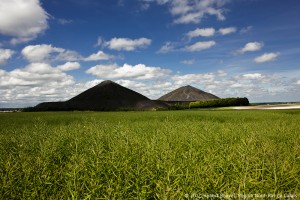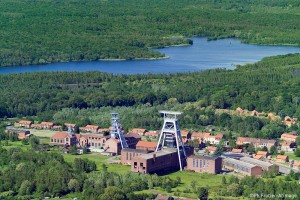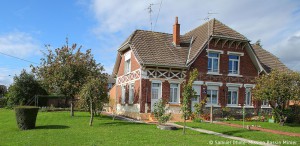An industrial heritage

The Mining Basin was listed as World Heritage in 2012 as a « cultural landscape ». This territory stretching from the Belgian border in the east to the Artois hills in the west used to be rural. It is now studded with technical and architectural treasures resulting from three centuries of coal mining.
With a horizon reshaped by waste tips, this landscape offers many different facets, since the impact of mining differed widely throughout this strip of territory 120 kilometres long and 12 kilometres wide.
The scope of the World Heritage does not include the entire Mining Basin, nor is it limited to the five major, spectacular sites. It actually covers 4,000 hectares of landscape harbouring 353 remarkable sites. That’s 25% of the entire mining heritage. Within the scope listed, there are some isolated features (such as the Dutemple headgear structure in Valenciennes, the Mathilde colliery in Denain and the waste tip No. 93 in Harnes), but above all a heritage landscape including both the mines and the miners’ housing developments.

Sites with a rich history

These elements obviously include the waste tips and the headgear structures, which are landmarks in the Mining Basin landscape. Other listed elements are also representative, such as extraction pits, railway lines, head offices, housing developments and community facilities including churches, schools, community halls, dispensaries etc. The latter show how the companies took care of the miners and their families « from cradle to grave ».
While the scope of the World Heritage list may seem fragmented, it is not a mere collection of sites or individual monuments. The distinction goes to the Mining Basin as an ongoing whole. The 353 remarkable sites shape a landscape which even today illustrates the history of the past three centuries.
See also :


